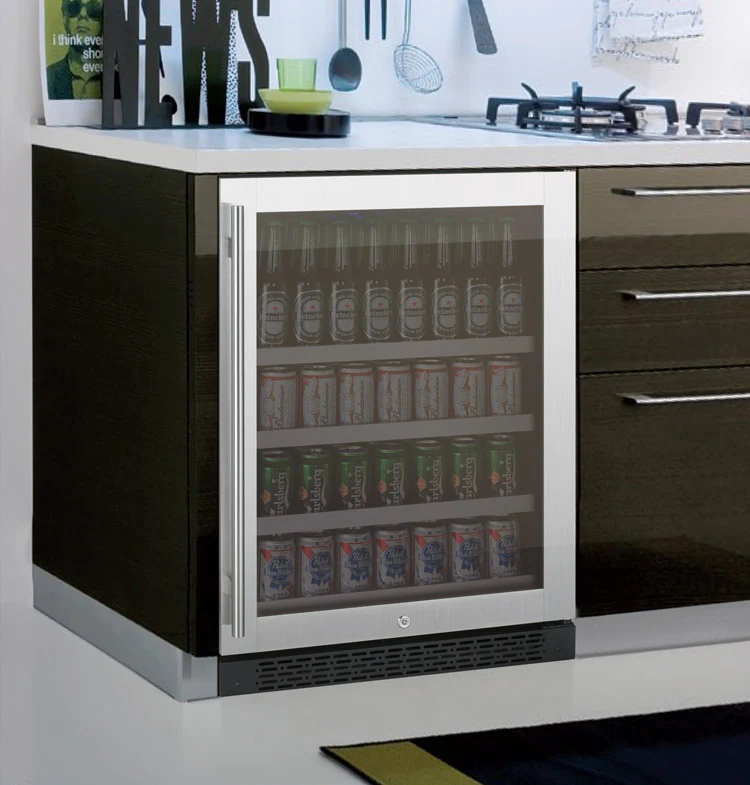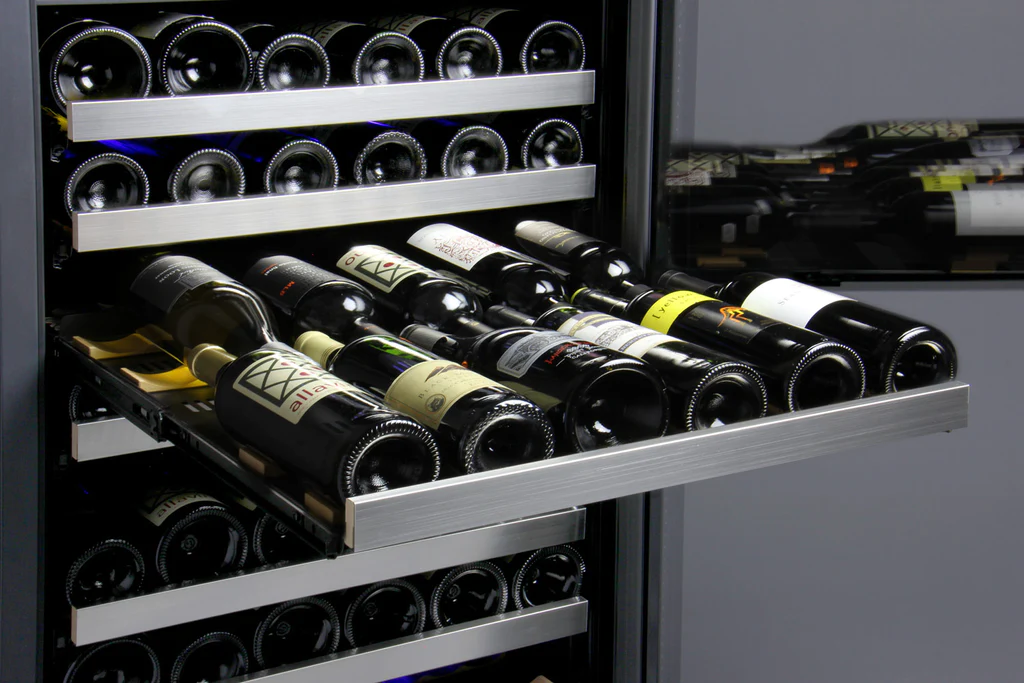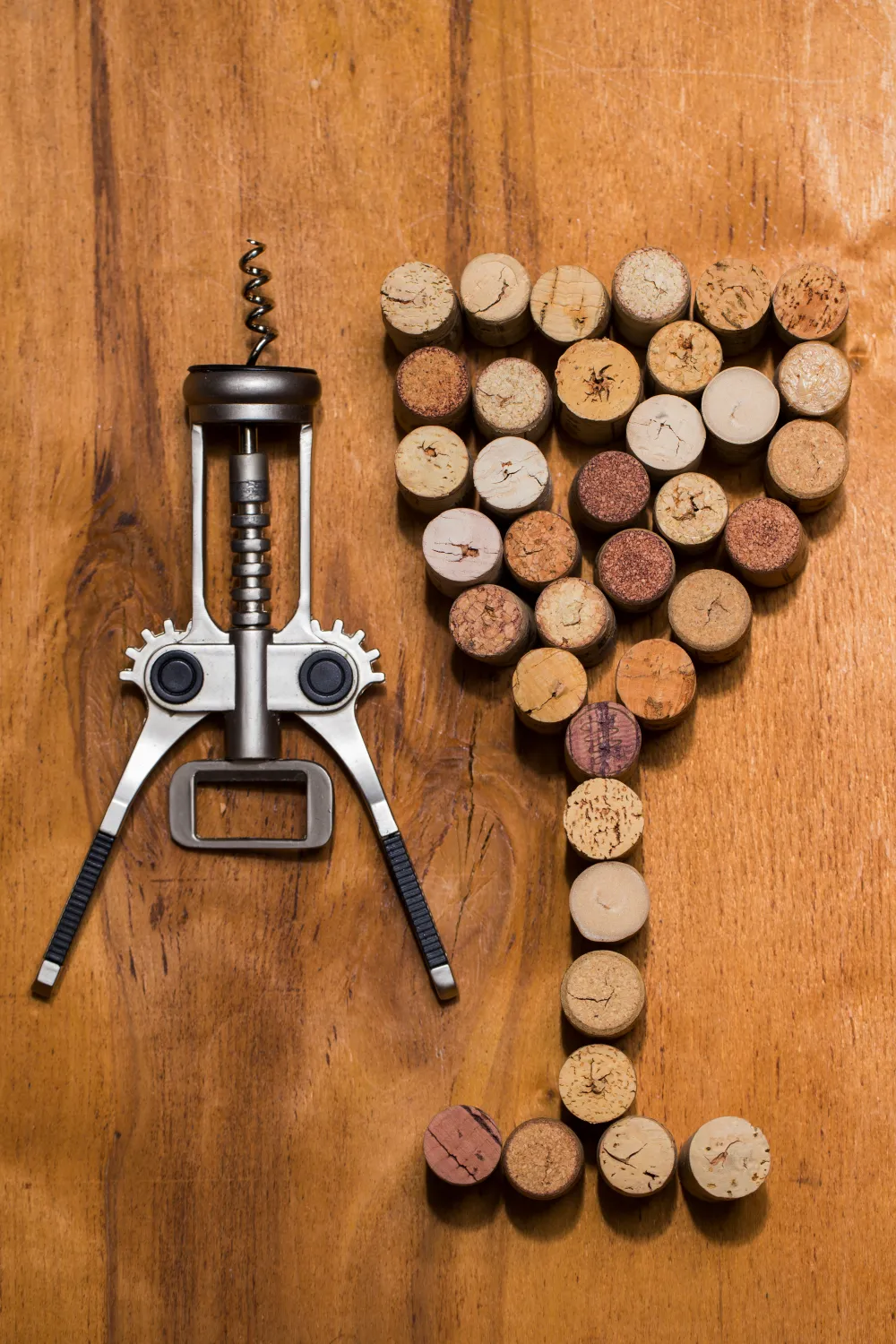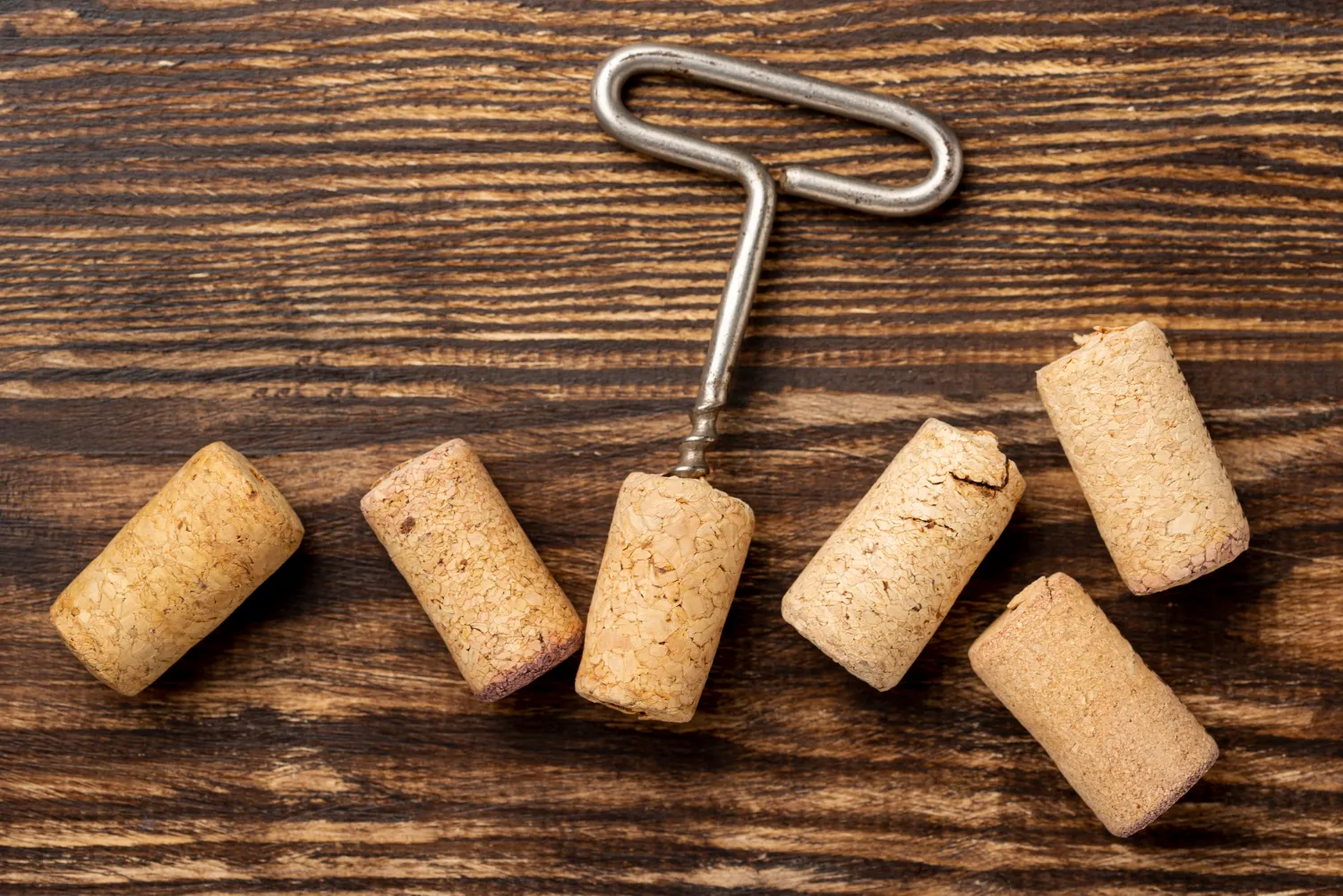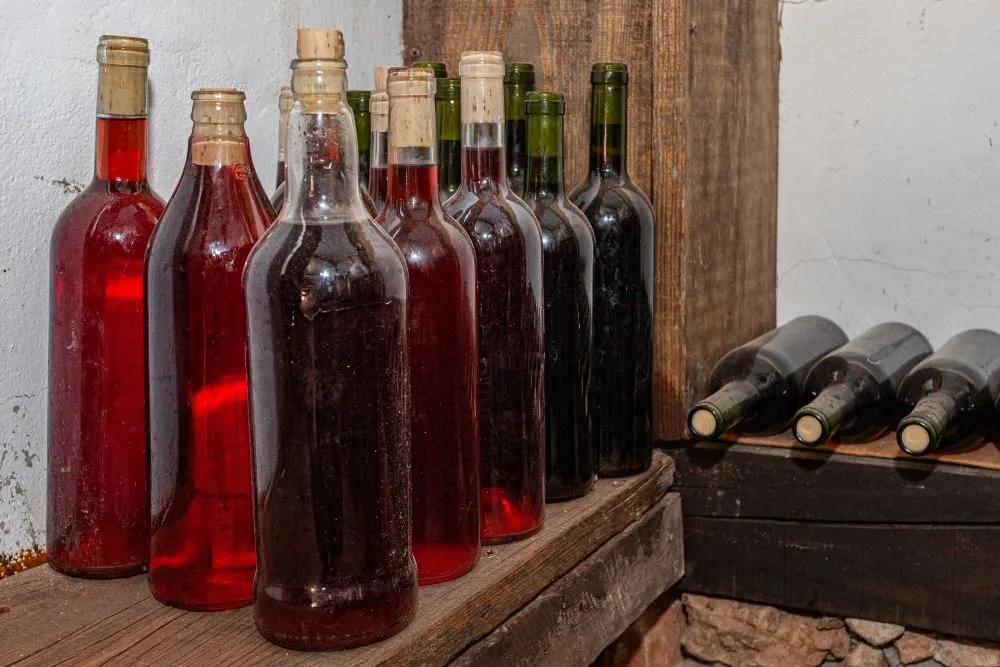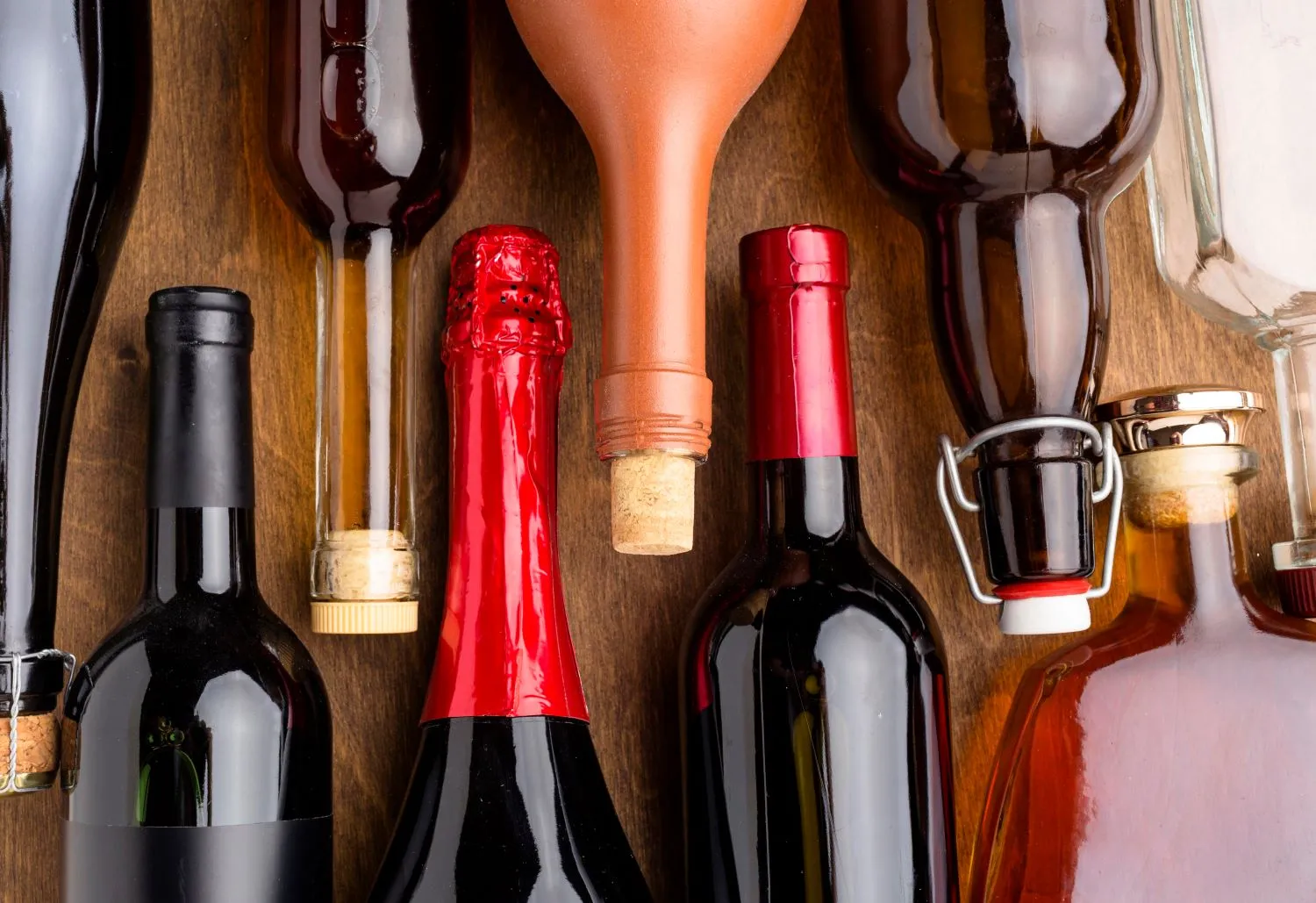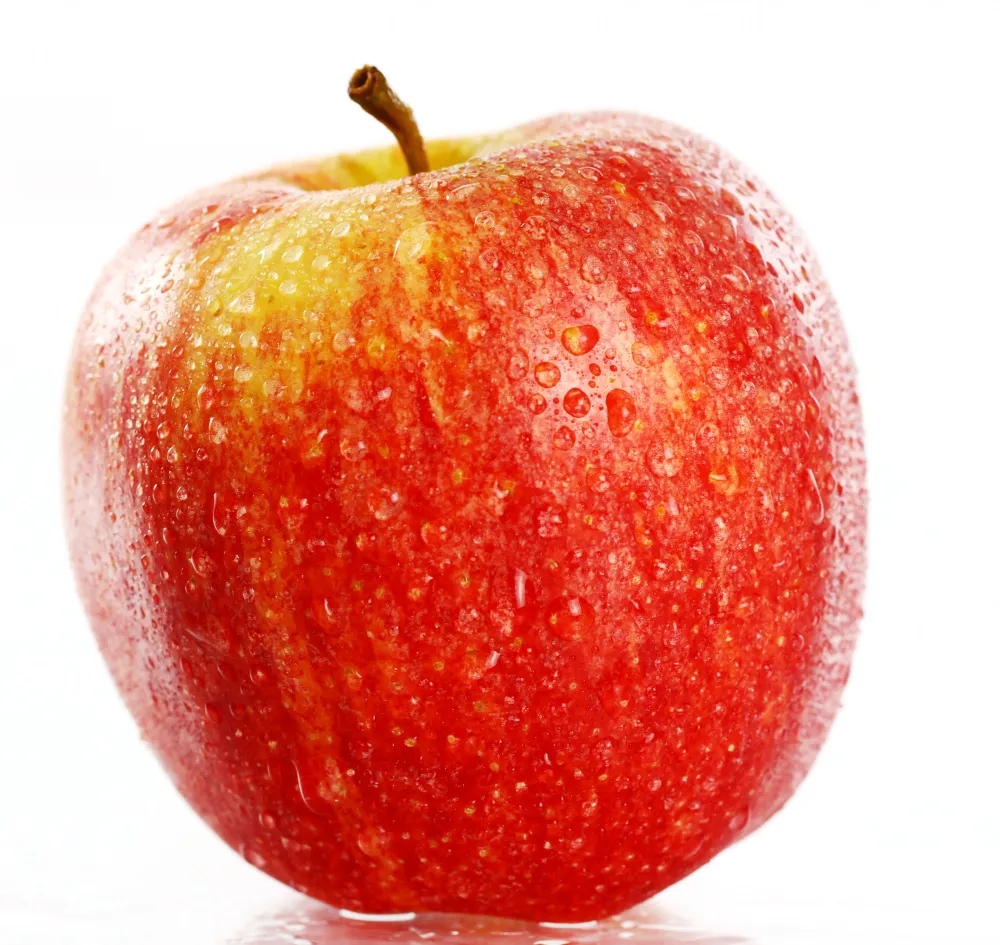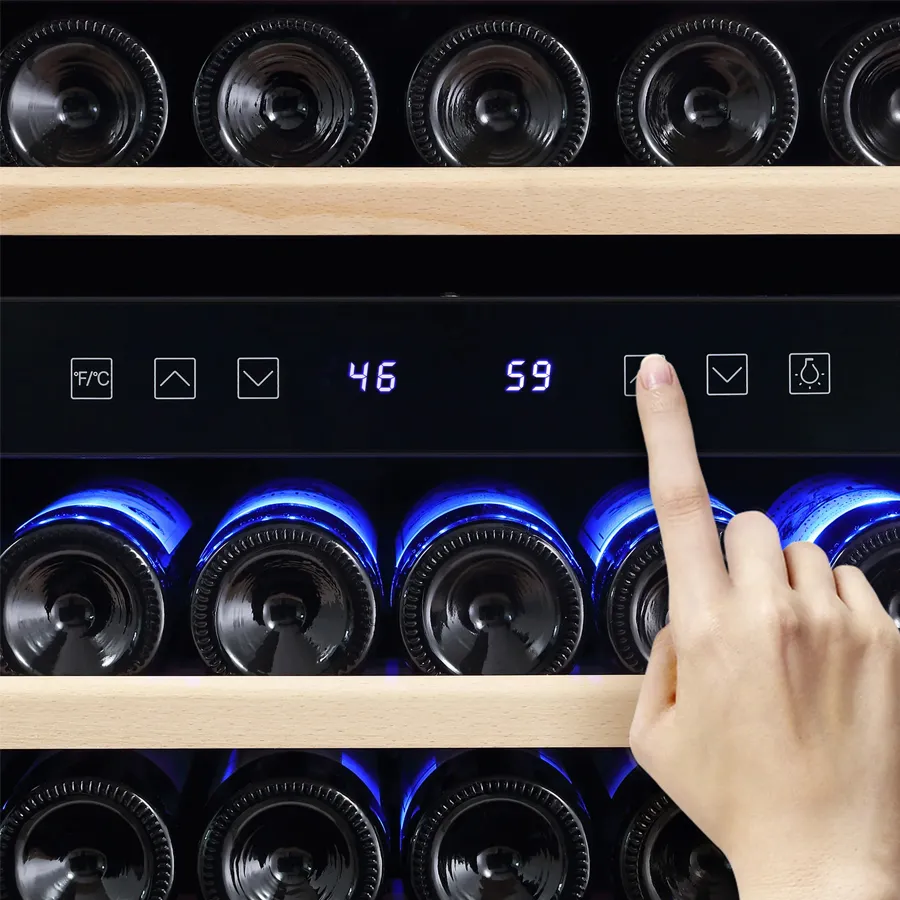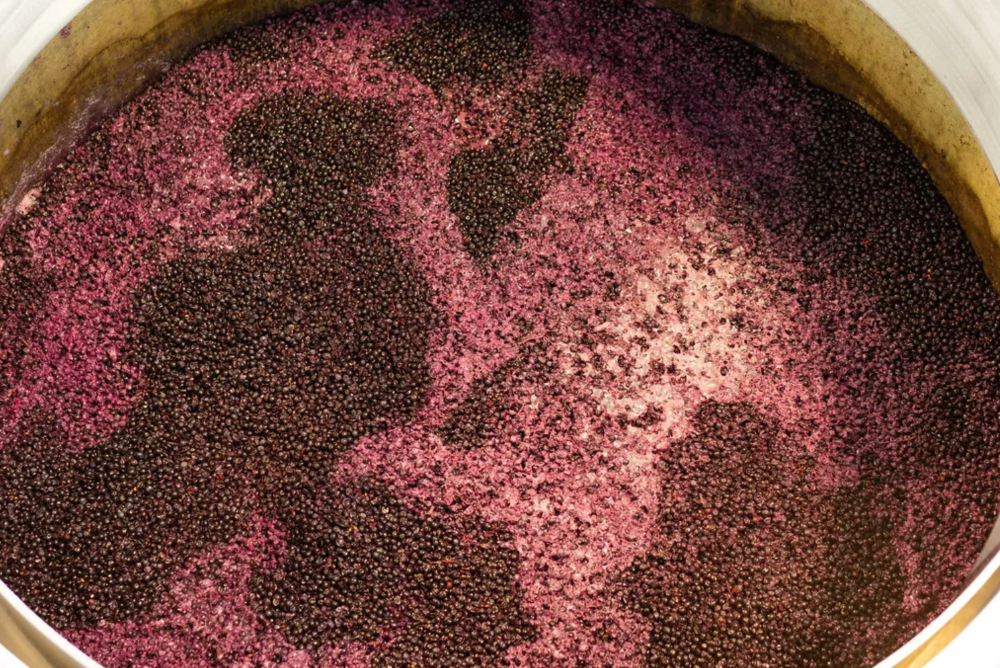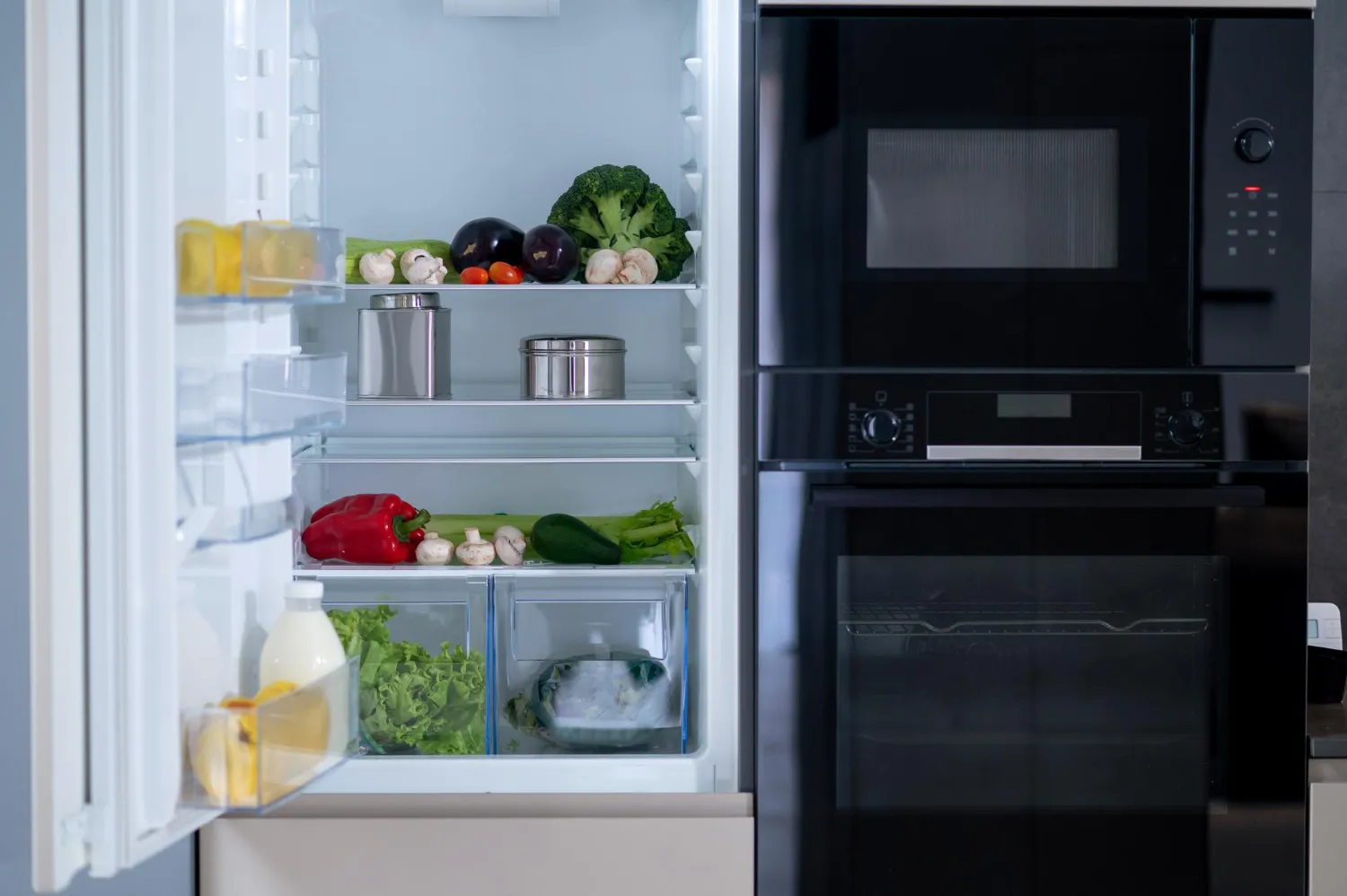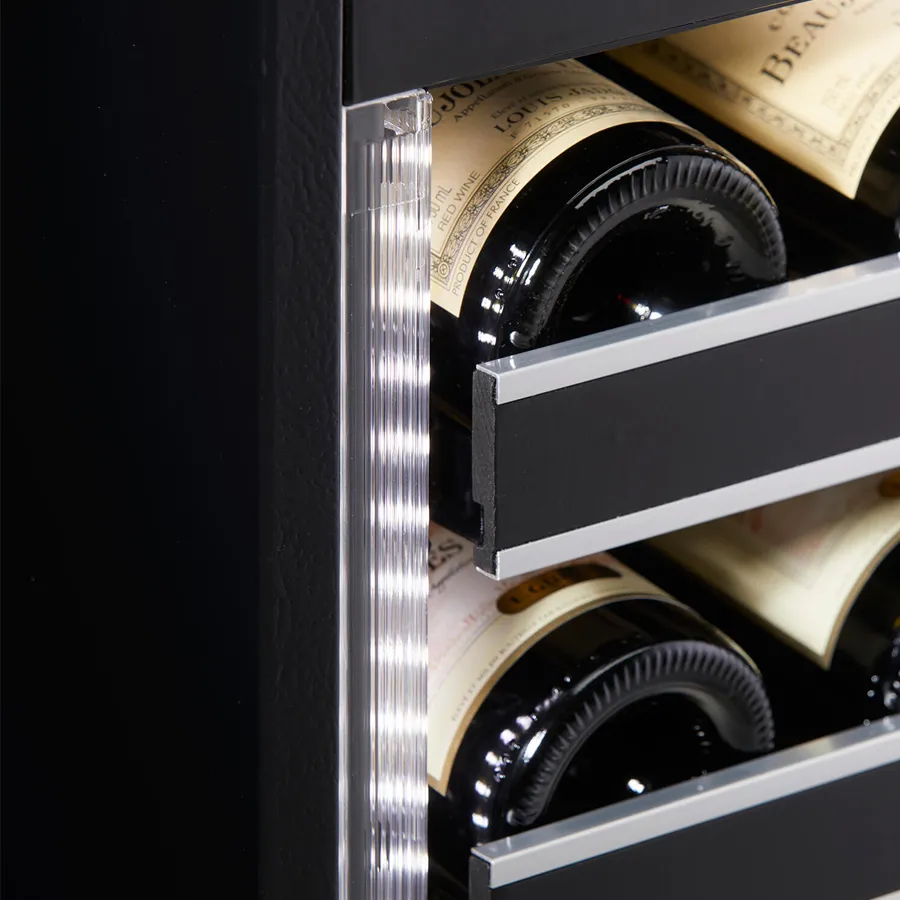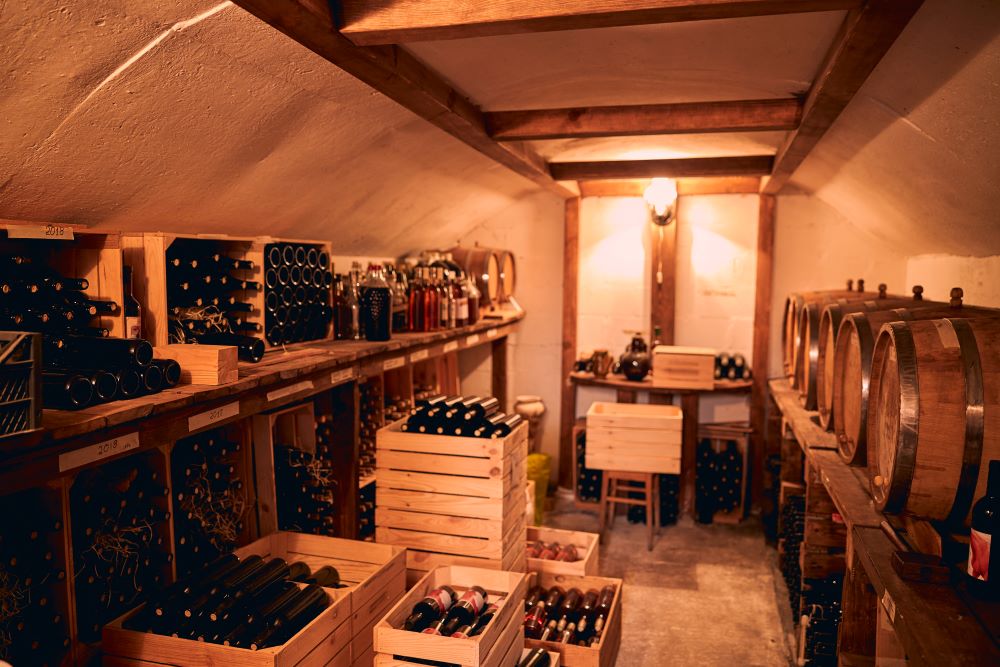There are certain traditions and protocols that one must adhere to in order to fully appreciate a good bottle of wine. Opening a bottle of wine may appear to be a simple task, but there are important flaws that can significantly affect the quality of the wine within. In this educational piece, we’ll explore the complexities of wine corking and highlight the critical blunders that many consumers do without realizing it. You may get the most out of your wine-drinking experience by avoiding these mistakes and enjoying every sip to its fullest.
Improper Cork Removal
A crucial element of opening a bottle of wine is the proper removal of the cork. The process requires a delicate touch to prevent any compromise to the wine’s quality and flavor.
The Dangers of Cork Particulates
The extraction of the cork demands finesse to avoid any particulates falling into the wine, a factor that can significantly alter its taste and texture. When the cork is aggressively removed or crumbles due to rough handling, it releases sediment that contaminates the wine, compromising its overall quality. This issue is particularly vital when opening an aged wine, as the fragile cork is more prone to disintegration and introducing unwanted particles into the bottle.
Techniques for Safely Extracting the Cork
Extracting the cork from a wine bottle requires a controlled, steady hand. To ensure that particulates do not infiltrate the wine, it is essential to employ gentle, consistent force when using a corkscrew. Slowly and steadily turning the corkscrew helps prevent the cork from disintegrating and reduces the likelihood of any debris falling into the wine. Particulates from cork crumbling can significantly impact the wine’s quality and taste. Carefully monitoring the extraction process and using the right corkscrew techniques can prevent this unwanted contamination and preserve the wine’s integrity.
Oxygenation Issues
If you’re a wine enthusiast, you may be aware that oxygen is both friend and foe to wine. When a bottle is opened, it immediately comes into contact with air, initiating a transformative process known as oxidation. This exposure can enhance the flavors and aromas of some wines. However, if the bottle is left unsealed for too long, the wine may deteriorate, leading to a less than optimal tasting experience.
Consequences of Leaving Wine Unsealed
Unsealed wine left exposed to air can lead to a variety of unfavorable consequences. The most significant being the loss of flavor and aroma intensity. Oxidation disrupts the delicate balance of the wine, causing it to lose its freshness. Additionally, prolonged exposure to air accelerates the aging process, potentially leading to a premature breakdown of the wine’s character and complexity.
Best Practices for Preserving Open Bottles
The key to preserving an open bottle of wine lies in minimizing its exposure to oxygen. Re-corking the bottle tightly is the first step in preserving the wine’s integrity. For added protection, consider investing in a wine vacuum pump to remove excess air from the bottle before resealing it. Storing the bottle in a cool, dark place can also help slow down the oxidation process, extending the lifespan of the wine and allowing you to savor it at its best for a longer period.
Preserving the quality of an open bottle of wine is imperative to prolong its life and maintain its original characteristics. By resealing the bottle properly and minimizing oxygen exposure, you can savor the nuances and flavors of your favorite wine for an extended time, ensuring a delightful tasting experience with every pour.
The Art of Sparkling Wine
Your adventure with wine isn’t complete without experiencing the effervescence of a sparkling variety. From the joyful pop of the cork to the delicate dance of bubbles in your glass, there’s something truly celebratory about enjoying a glass of sparkling wine. However, there are special considerations to keep in mind when opening a bottle of bubbly to ensure a perfect pour.
The Risks of Popping the Cork
With sparkling wines, the dramatic pop of the cork is a hallmark of celebration. However, this traditional method of uncorking poses certain risks. Not only can the cork shoot out at unexpected speed, potentially causing injury, but the fizz in your wine may rapidly dissipate, resulting in a flatter tasting experience. Hence, it’s important to handle the bottle with care and avoid using excessive force when opening to maintain the wine’s optimal effervescence.
Alternative Methods to Open Sparkling Varieties
An alternative way to open a bottle of sparkling wine is by using a technique called twist and pull. Holding the cork in one hand and the bottle in the other, gently twist the bottle while holding the cork in place and easing it out with a slight popping sound. Another method involves using a kitchen towel to carefully twist the cork out, allowing for a controlled release of pressure. Both of these methods help to maintain the integrity of the bubbles and enhance the overall tasting experience of your sparkling wine.
Sparkling wines require more delicate handling due to their effervescent nature, making it crucial to preserve the bubbles during the opening process. By employing these alternative methods, you can savor the full spectrum of flavors and enjoy the characteristic sparkle in each refreshing sip.
The Twisting Dilemma
After learning about the potential dangers of cork breakage and the importance of proper wine aeration, we arrive at the twisting dilemma. The motion of twisting the bottle instead of the cork may seem innocuous, but it bears its own set of consequences that can affect your wine-drinking experience.
The Impact of Twisting the Bottle
One key impact of twisting the bottle while uncorking is the disruption it causes to the wine. As the bottle twists, the contents inside are stirred up, potentially altering the delicate balance of flavors and aromas that the winemaker intended. This disturbance can lead to a less enjoyable wine-tasting experience, especially with wines that have settled and developed sediment over time. The twisting motion can also have a significant effect on the effervescence of sparkling wines, like Champagne. By agitating the bottle, the carbon dioxide in the wine is disturbed, resulting in a more abrupt release of bubbles and potential loss of the wine’s finesse.
Correct Corkscrew Usage
The correct way to open a bottle of wine is by employing precise corkscrew usage. This involves inserting the corkscrew directly into the cork and utilizing a consistent, gentle twisting motion to ease it out. By adhering to this technique, you minimize the disturbance to the wine and reduce the risk of cork breakage or crumbling, particularly crucial for older wines with delicate corks. Proper corkscrew usage ensures a smoother uncorking process and helps maintain the wine’s integrity. This approach not only safeguards the wine from potential sediment disturbance but also contributes to preserving the wine’s flavor and aroma profile.
In conclusion, while it may appear to be an ordinary operation, properly opening a bottle of wine is essential for achieving the highest possible flavor. Wine lovers can enhance their experience and taste the wine to its fullest potential by avoiding the typical pitfalls mentioned in this article, such as incorrectly resealing the bottle, popping the cork, and twisting the bottle instead. Just keep in mind that these seemingly little things can make a big difference in the wine’s quality and how much you like it. You can elevate your wine-drinking experience by focusing on the smaller aspects of corkscrew operation.

